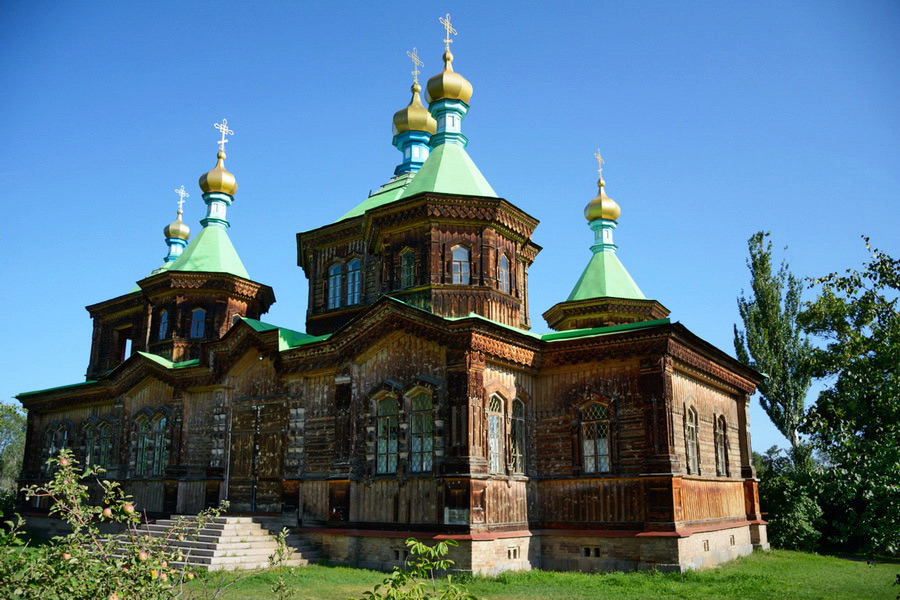Religion in Kyrgyzstan

Kyrgyzstan is a multiethnic country, populated with people of various religions that peacefully coexist. Today, Sunni Muslims make up about 83% of the population of Kyrgyzstan, followed by Christians at 15%. The population of Christians can be divided up into Russians, who are Orthodox, and Germans, who are Lutherans, plus some Catholics. A small percentage of the population are Buddhist or Jewish.
Religious organizations in Kyrgyzstan are allowed to operate with relative freedom. A law called “On the Freedom of Conscience and Religious Organizations in the Kyrgyz Republic” was adopted in 2009, which limited missionary work and required 200 members for religious groups to be able to register. The State Commission for Religious Affairs tracks the number of religious groups and their activities.

Currently, religion in Kyrgyzstan is flourishing after the end of forced atheism in the Soviet Union, and interest is growing. There were only 39 mosques and 25 Orthodox churches during Soviet times, and many religious buildings were used for other purposes (such as movie theaters, museums, or warehouses). In the 2000s, there were 1,338 mosques, 20 churches, and 200 prayer rooms of different Christian groups. Kyrgyzstan is allowed to send 4,585 pilgrims to Saudi Arabia for the Hajj each year, and these spots tend to fill up.
There are also educational centers for religions, which are mainly Muslim and Christian. There are 10 Muslim and one Christian higher education institutes, plus 62 Muslim and 16 Christian educational spaces. These institutions are monitored by the Commission for Religious Affairs.
Kyrgyzstan is a secular democracy without any official state religion. Freedom to choose or practice any religion (or not to practice) is guaranteed by the Constitution.

